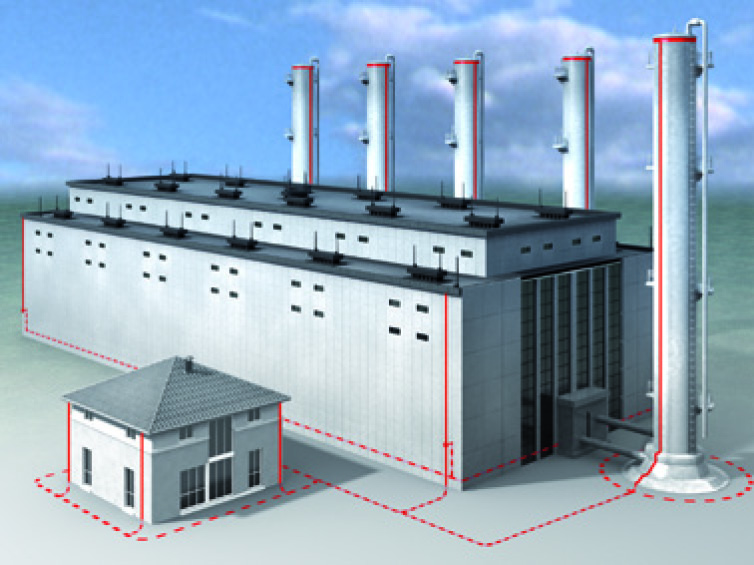Earthing material
Why is earthing carried out in electrical installations?
Earthing plays a crucial role as a protective measure. Its main purpose is to prevent conductive parts that are not normally live from suddenly becoming live in the event of a fault. This could endanger people, animals or property. Earthing aims to switch off systems in the event of a fault or to reduce impermissible touch or step voltages to safe values.
With equipotential bonding
Earthing is carried out so that all parts included in the equipotential bonding have the same electrical potential, regardless of their location. This prevents dangerous voltage differences between different parts, including those that are directly connected to earth.
In lightning protection systems
The purpose of earthing is to ensure that dangerous voltages and currents that may occur during lightning strikes or atmospheric discharges are discharged via the shortest and safest route. This is done to prevent damage to other metal parts of the building by discharging the lightning current in a targeted and controlled manner.
Product systems
- Foundation earthing
- Banderder
- Joint bridging
- Connection points
- Lightning protection
- Potential equalization



